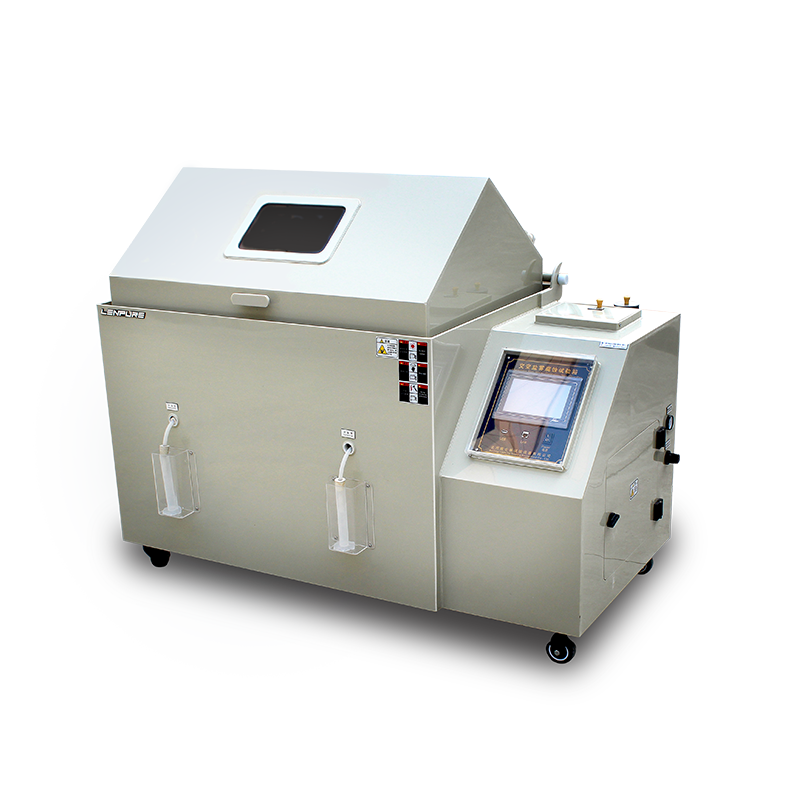
Salt spray test chambers play a vital role in many industries. However, for those who have just purchased this equipment, it may seem unfamiliar, and they may not know how to use it effectively. In this article, we will guide you through the device from the outside in, explaining the location and function of its key components, so you can operate it with ease.
External Components of the Salt Spray Test Chamber
Chamber Lid: Located at the top of the chamber, it usually includes an observation window for monitoring the test process inside.
Sealing Water Tank: Uses purified or distilled water to seal the lid, ensuring airtightness during testing.
Measuring Cylinder: Excess salt spray generated during the test flows into this cylinder.
Saturated Air Barrel: Located at the bottom of the control box, this component purifies the air, heats and humidifies it to saturation, and then delivers it to the nozzle for spraying.

Pressure Regulator Valve: Adjusts air pressure and spray pressure as needed.
Pressure Gauge: Displays the pressure of the air entering the nozzle from the saturated air barrel.
Exhaust Pipe: Used to discharge wastewater and spray pressure.
Water Inlet: Supplies water for the sealing tank and saturated air barrel.
Internal Components (Not Visible but Critical for Testing)
Tower Sprayer: The spray is delivered through pipes and dispersed via the atomizer.
Spray Adjuster: Controls the spray intensity according to test requirements, with high and low settings for different spray volumes.
Collector: A funnel-shaped collection cup where the spray condenses into water and flows into the external measuring cylinder.
Heating Water Tank: Located at the bottom of the chamber, it maintains the required temperature and humidity inside.
Test Rack: Positioned prominently inside the chamber, made of plastic-coated steel, it holds test samples. A single item should not exceed 2 kg, and multiple items should be distributed evenly, generally not exceeding 10 kg in total.
Filter: Removes impurities from the saline solution to prevent clogging in pipes or nozzles.
The structure and working principle of a salt spray test chamber are relatively simple. Once you understand each component and its function, you will grasp the entire testing process clearly.